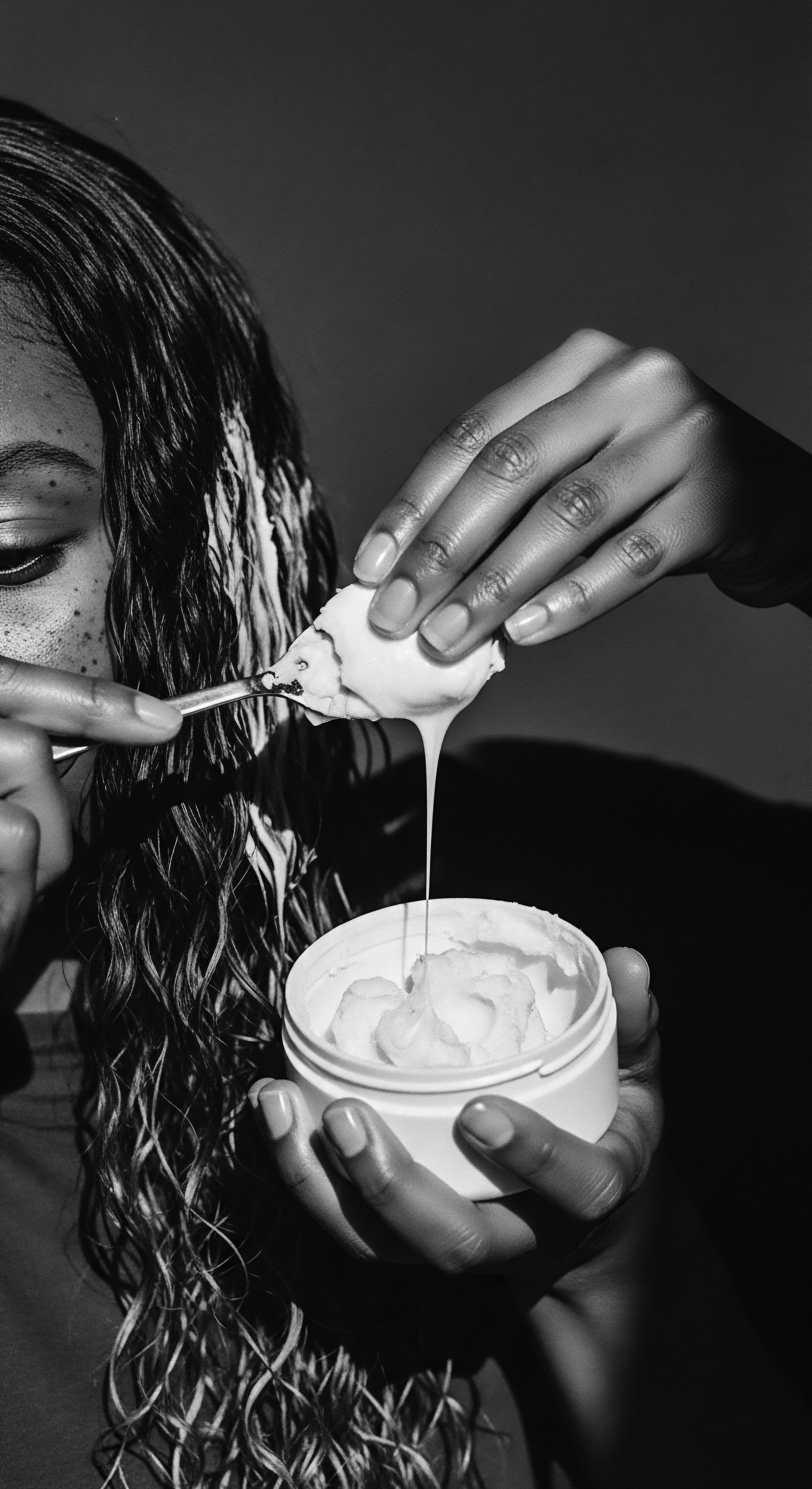
What traditional practices protected textured hair during sleep?
Traditional practices protected textured hair during sleep through wraps, specific styles, and oils, deeply rooted in heritage.

What historical significance do nighttime hair rituals hold for Black heritage?
Nighttime hair rituals embody ancestral wisdom for textured hair, preserving its vitality and serving as a quiet act of cultural connection.
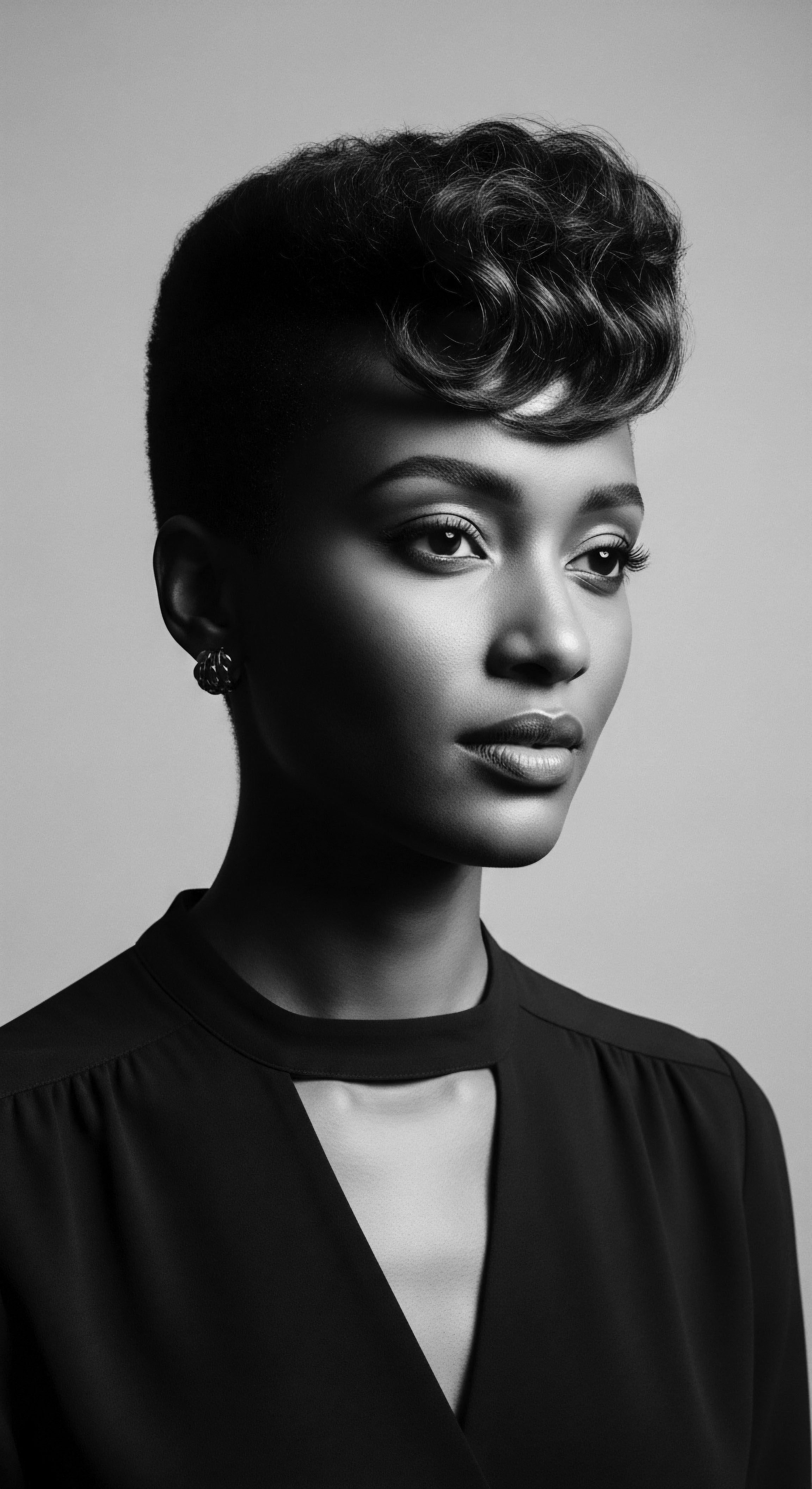
What is the ancestral meaning of nightly hair care for textured hair?
Nightly hair care for textured hair is an ancestral practice of protection, identity, and cultural continuity.
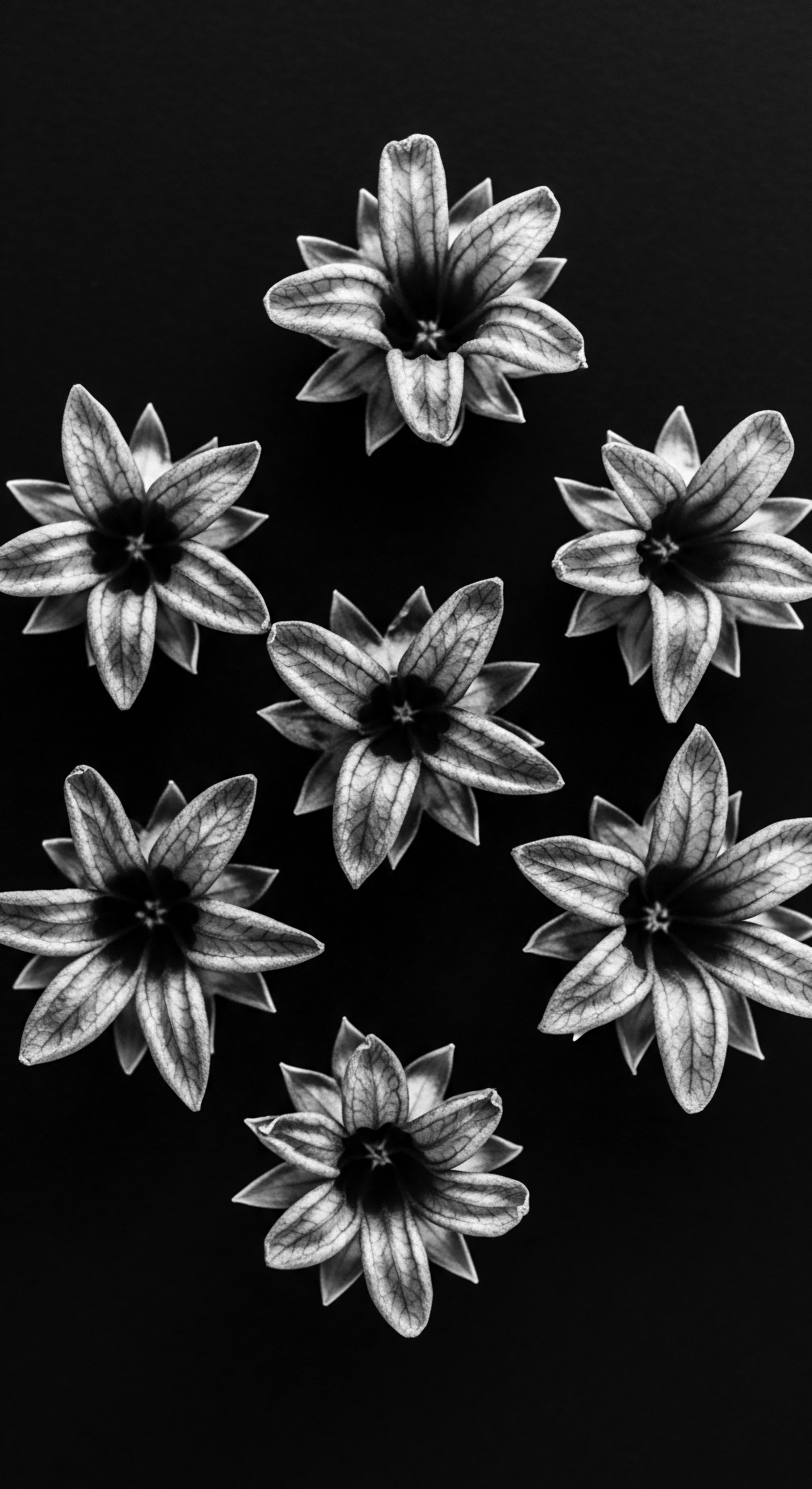
What cultural meanings did hair coverings hold during sleep?
Nightly hair coverings protect textured hair from damage while symbolizing deep cultural heritage and ancestral resilience.
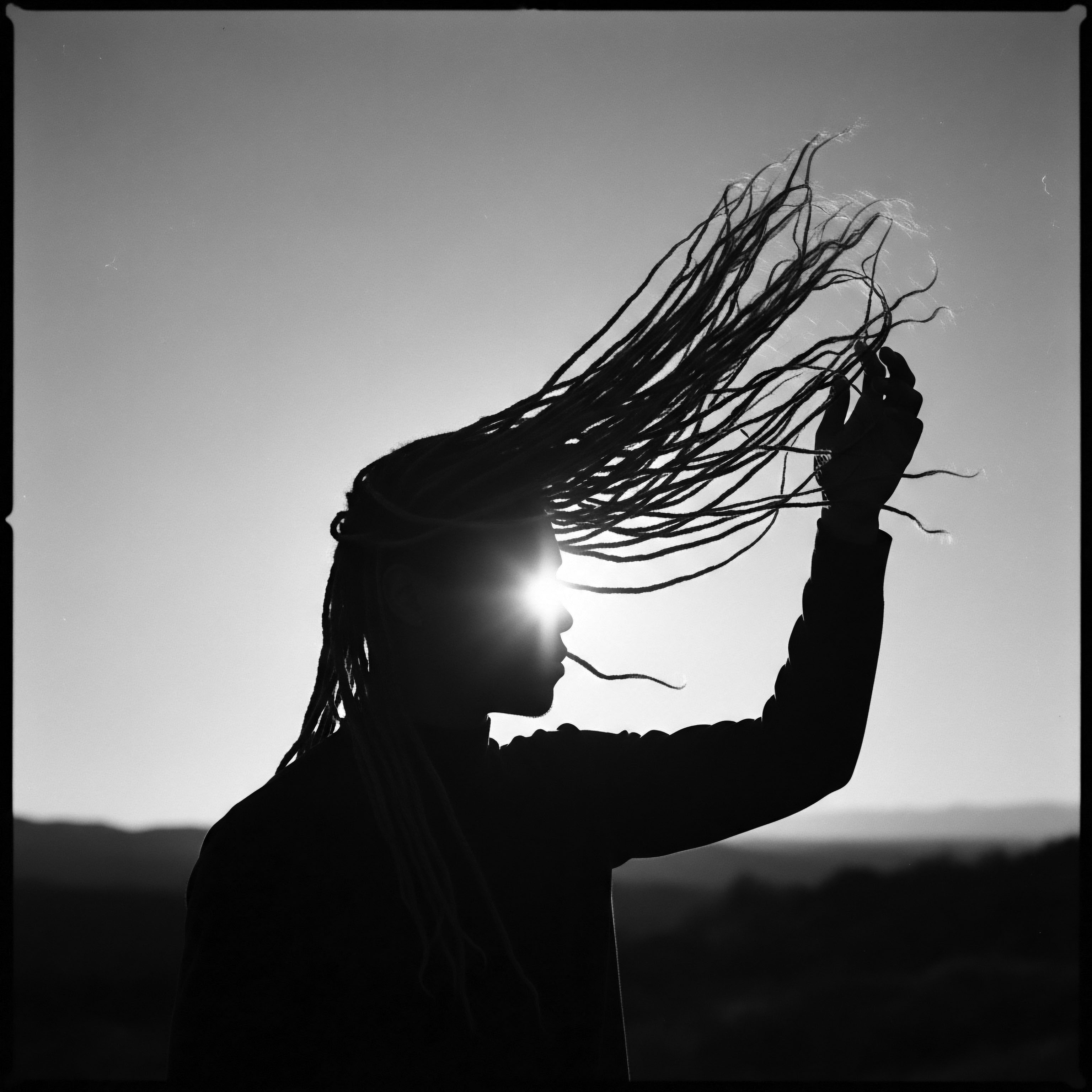
How did historical hair wraps influence contemporary nighttime care?
Historical hair wraps, rooted in textured hair heritage, directly influenced contemporary nighttime care by providing essential protection against friction and moisture loss.
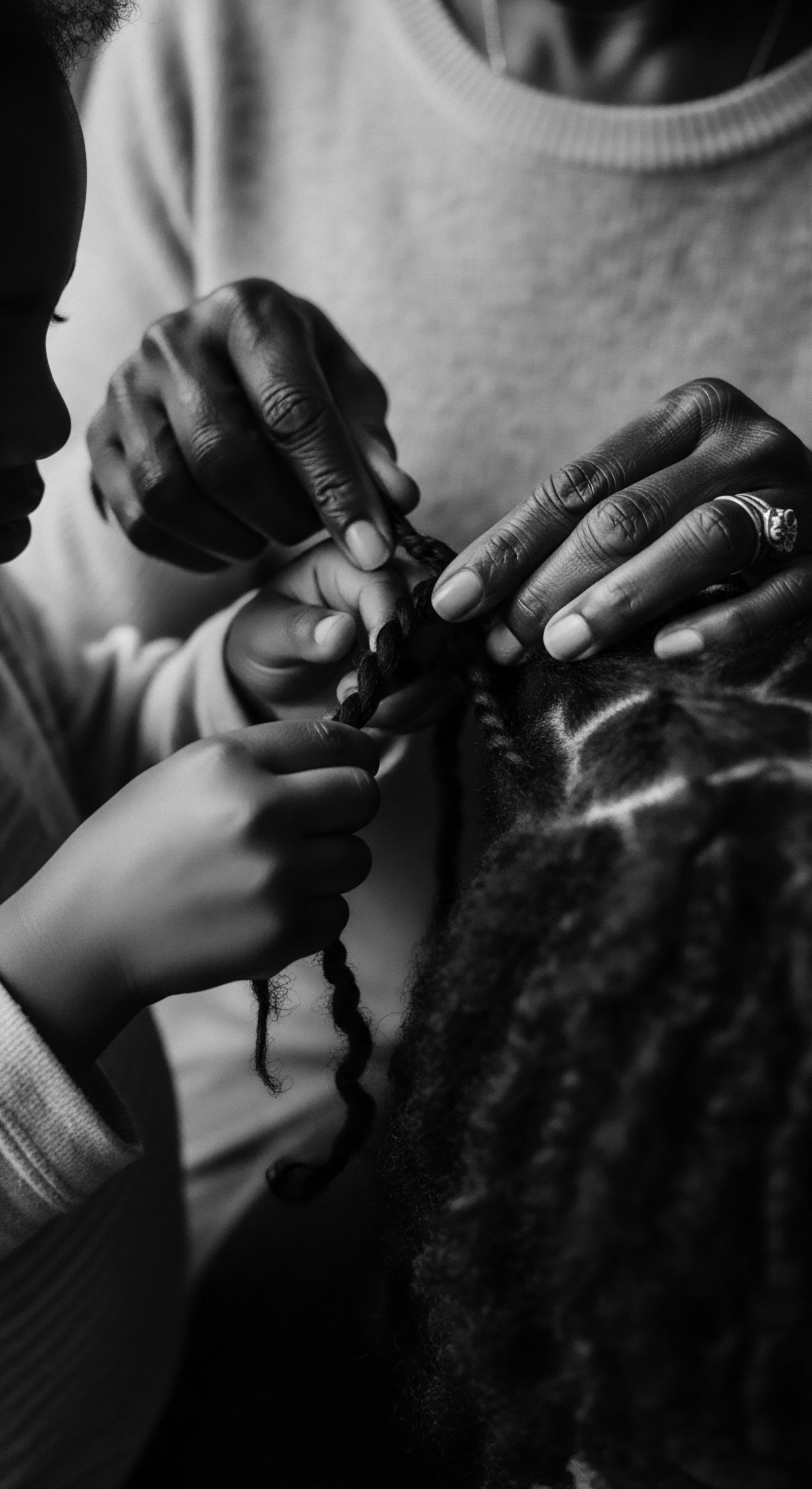
How do ancient hair traditions shape modern nightly routines?
Ancient hair traditions safeguard textured hair, passing down methods of care and cultural significance for modern nightly routines.

What is the ancestral significance of protecting textured hair during sleep?
Protecting textured hair during sleep honors ancestral practices of care, resilience, and identity, safeguarding its unique structure.
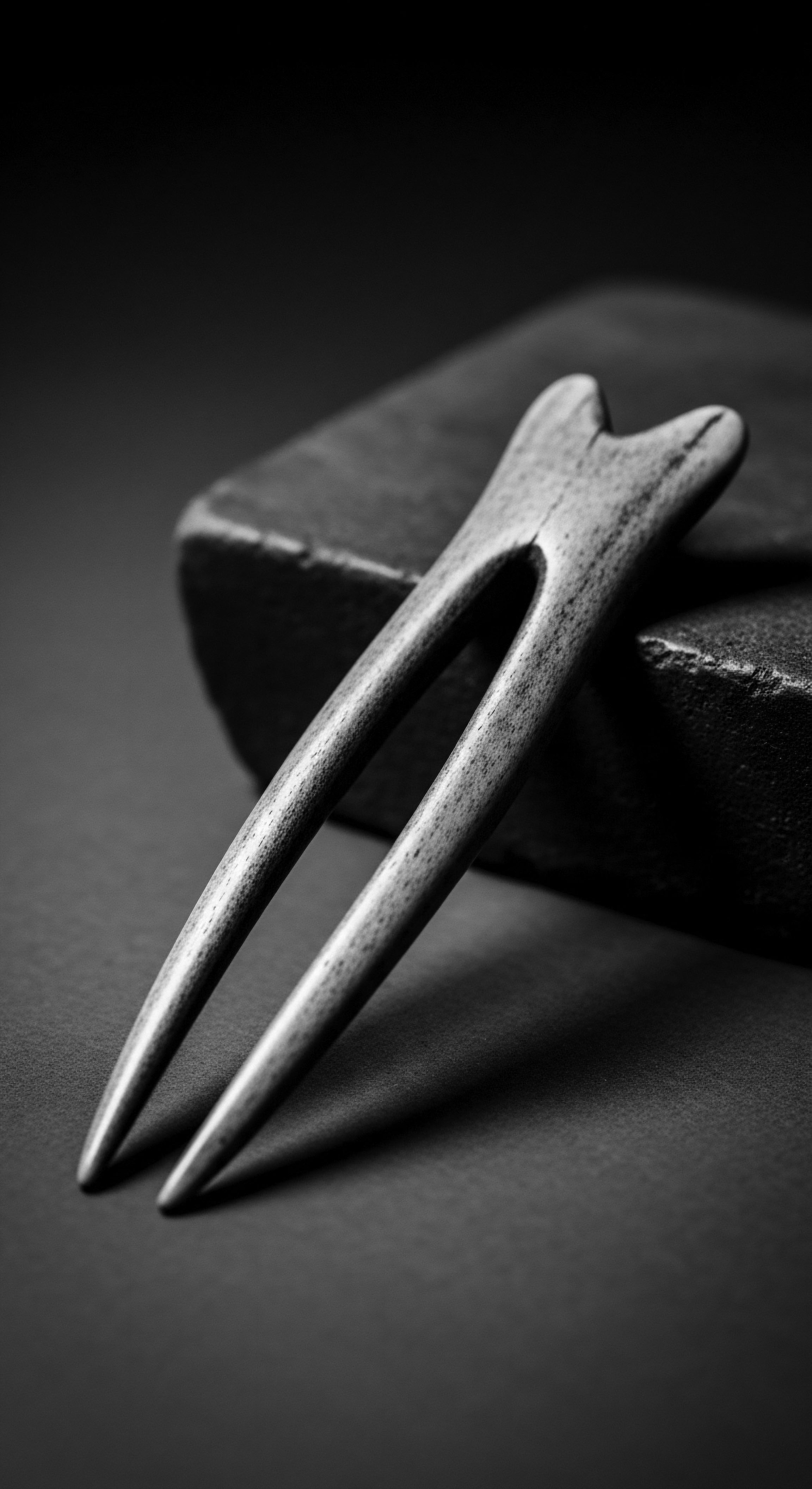
In what ways do sleep bonnets preserve textured hair’s moisture and structure?
Sleep bonnets, particularly those of satin or silk, preserve textured hair's moisture and structure by reducing friction and preventing moisture absorption, echoing a deep cultural heritage of hair protection.
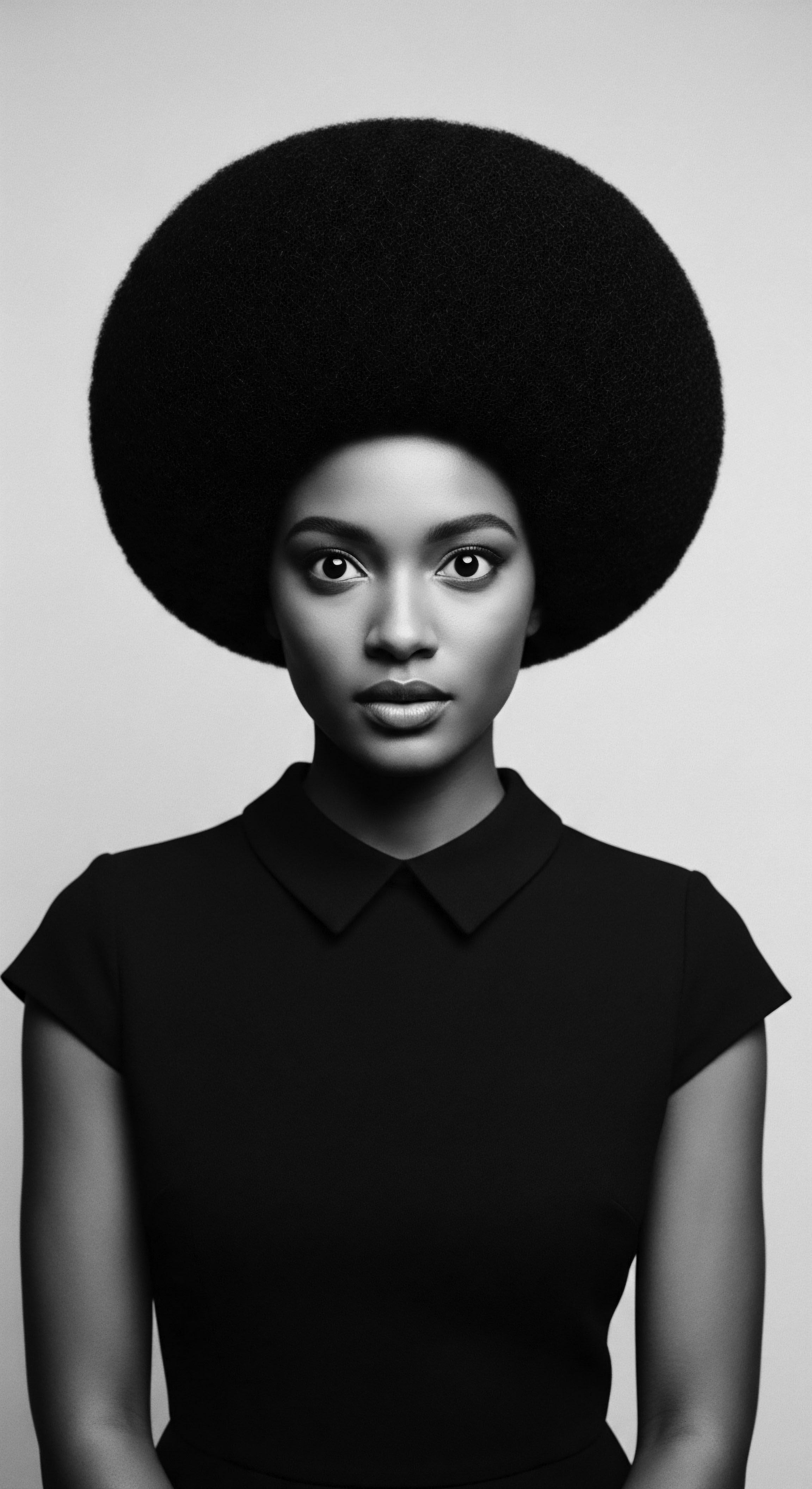
What ancestral wisdom informs current textured hair protection during rest?
Ancestral wisdom for textured hair protection during rest centers on minimizing friction and retaining moisture, a heritage of care deeply rooted in cultural identity and resilience.
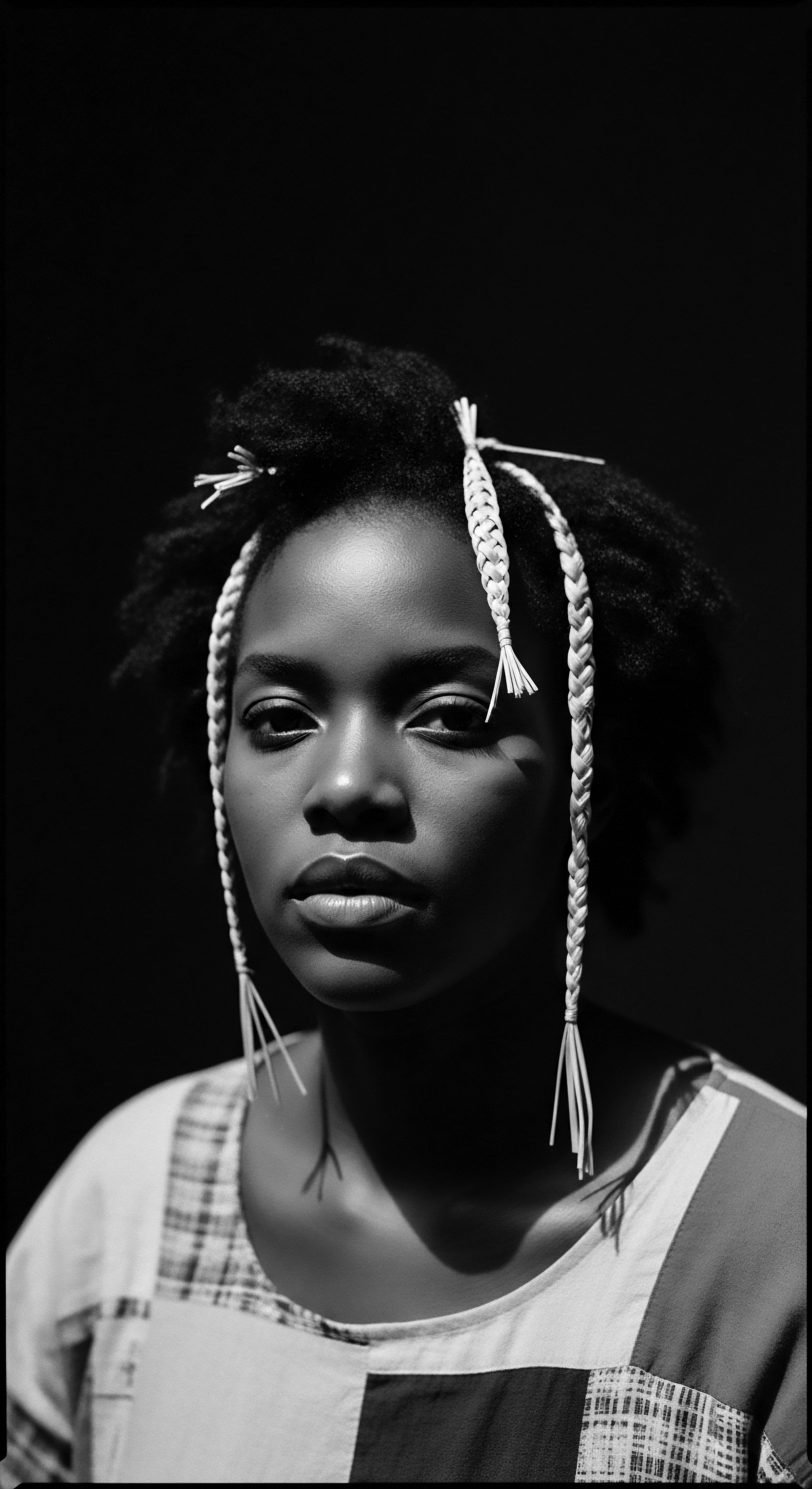
What historical tools protected textured hair during sleep?
Historical tools for textured hair sleep protection, rooted in ancestral wisdom, include headwraps, braids, and smooth surfaces, preserving hair's health and cultural legacy.

